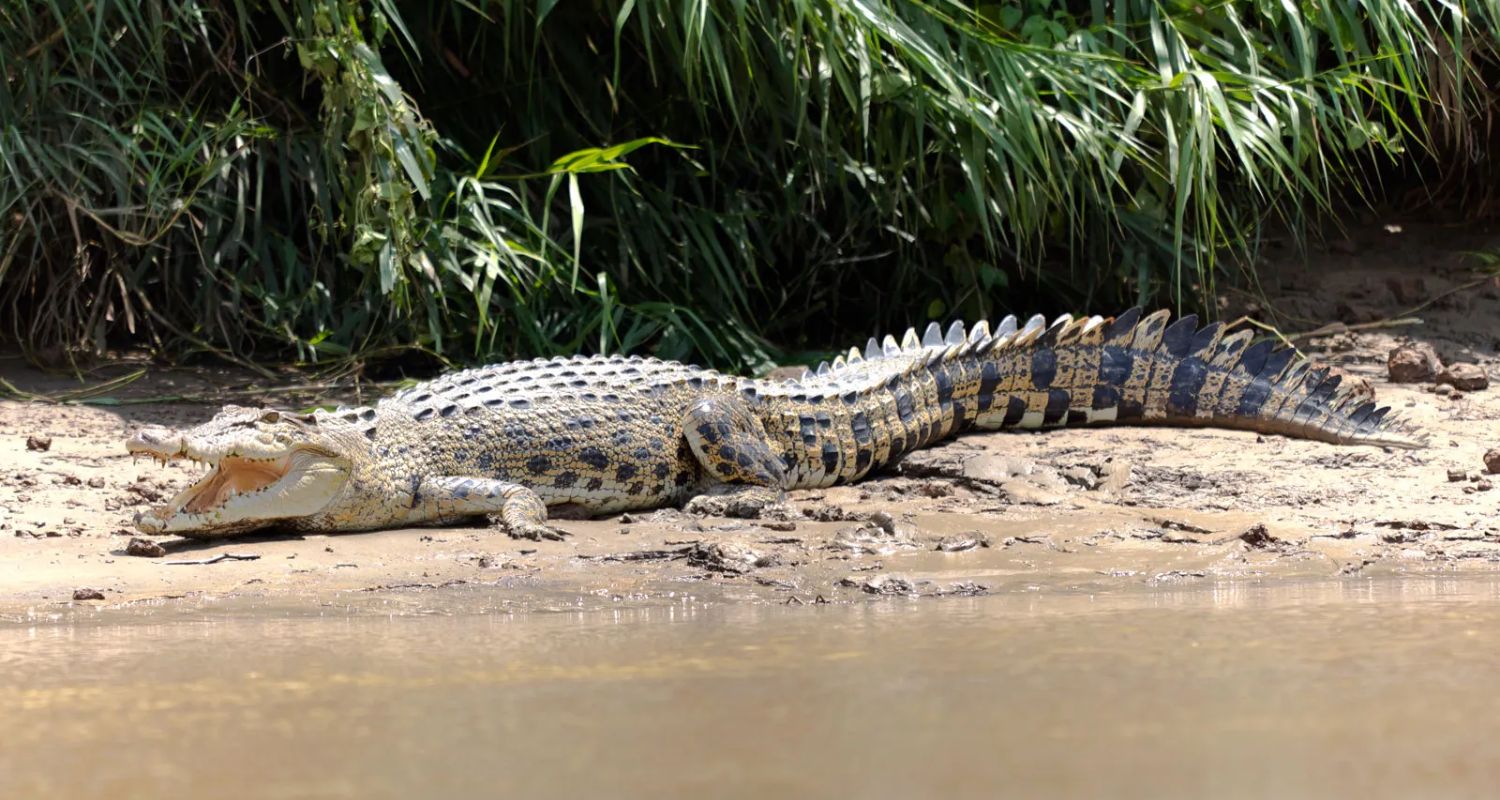The population of saltwater crocodiles, the largest reptiles in the world, has grown significantly in the Sundarbans, the mangrove delta region of West Bengal.
In 2024, the number of crocodiles was estimated to be between 204 and 234, up from about 140 in 2012.
Forest department officials said the increase in crocodiles is a good sign of the health of the aquatic ecosystem in the area.
“This survey tracks population trends, not exact numbers. The 2012 census was based only on direct sightings, while the 2024 survey considered other factors, such as signs of crocodiles, water salinity, the ideal temperature for basking, and the size of the creeks the crocodiles prefer,” explained a forest official.

Due to cloudy skies and untimely rain, the number of direct sightings was lower last year.
The team conducting the survey used physical sightings to create an estimate of the number of crocodiles per kilometer in different habitats. This estimate was then applied to the whole Sundarbans area.
“Out of the 1,800 kilometers of creeks in the Sundarbans Biosphere Reserve (SBR), the survey covered about 955 km in forested areas. The sightings include those in the Sundarban Tiger Reserve (STR) and the South 24 Parganas forest division,” the official said.
Also Read: Bengal’s Sunderbans sees rising crocodile count after 12 yrs
Crocodiles that are 240 cm (about 8 feet) long or more are considered adults. The largest crocodile sighted was about 16 feet long, which is longer than three full-grown humans.
As apex predators, saltwater crocodiles eat almost anything, including crabs, fish, turtles, birds, snakes, wild boars, and monkeys. They are known for having the strongest bite force of any living animal, nearly four times stronger than that of a tiger or lion.
In 2011, a crocodile killed a tiger at the Dobanki camp in the Sundarban Tiger Reserve.
Also Read: MP dam project threatens critical tiger corridor: NTCA


